Many have been there — vacuum running just fine, then boom — suction’s gone. Or maybe it’s been slowly getting worse. Like your vacuum’s on a coffee break. ☕️ If you’re frantically searching for how to unclog a vacuum hose, you’re definitely not alone.
It’s frustrating, sure. But it’s also super common. Hair, dust, crumbs, and maybe even a rogue Lego. That’s all it takes to jam things up.
But don’t worry — this isn’t a call-the-repair-guy kind of problem. In fact, you can fix it yourself, right now in a few simple steps. No fancy tools or complicated hacks. Only stuff you probably already have at home. 🧰 So take a deep breath; you’ve got this.
Let’s roll up our sleeves and show that clog who’s boss. 💪
💬 Heads up! This post contains Amazon affiliate links. As part of the Amazon Associates Program, we earn from qualifying purchases — at no extra cost to you.
How to Unclog a Vacuum Hose (Step-by-Step)
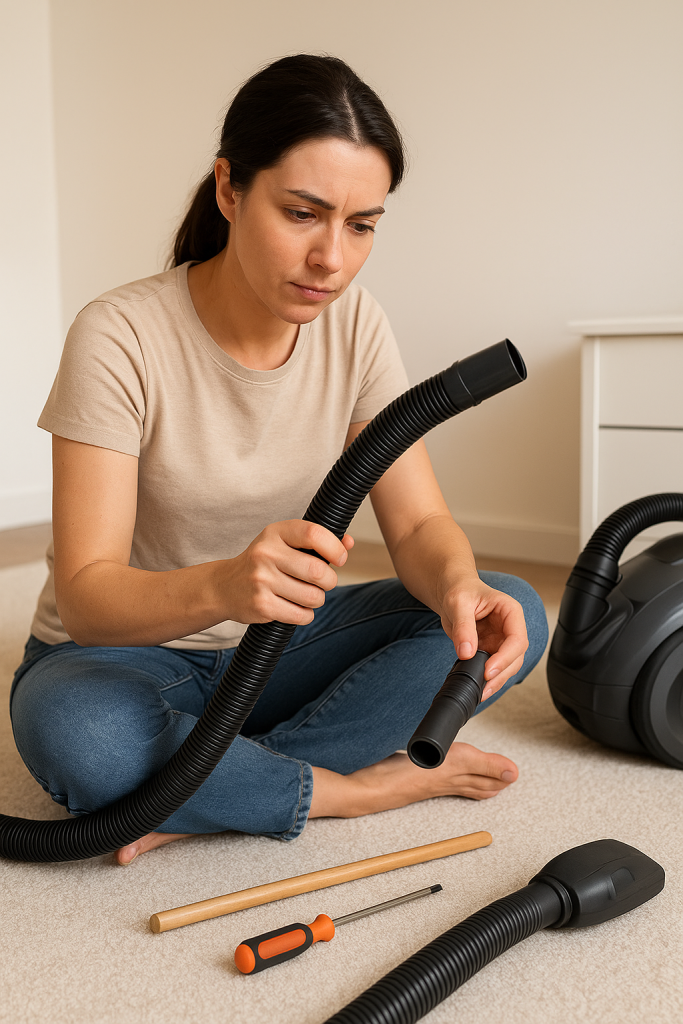
As promised, the steps below are stress-free, and you don’t need fancy tools. These are only a few easy moves to clear your hose and get your vacuum back in action.
Let’s dive into the steps!
🛠️ Step 1: Safely Detach and Inspect the Hose
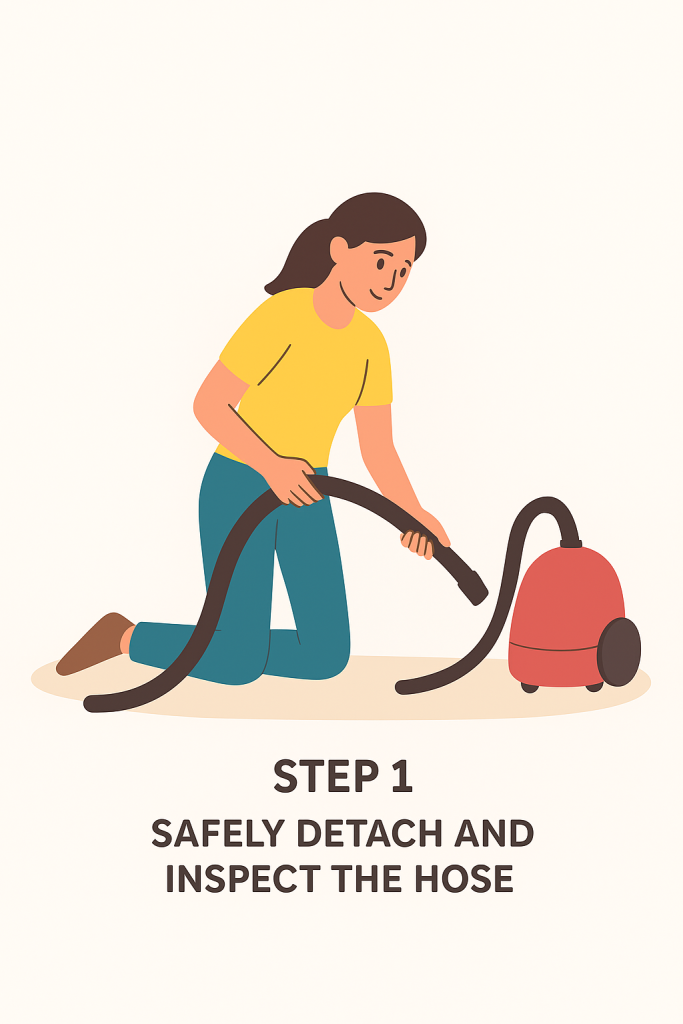
Before we get to the actual process of unclogging a vacuum hose, let’s start with the basics.
Ensure you’ve unplugged the vacuum. After that, remove any attachments first, then gently detach the hose. You want the hose free on both ends to inspect it properly. Look closely for cracks, dents, or any signs of wear. A damaged hose might not be worth unclogging because it could be leaking suction.
So run your fingers along the hose. Bend it slightly and look for any gaps or damage you might miss at first glance. If it seems solid — no holes, no significant wear — you’re good to go.
If not? You might be better off replacing it altogether—check compatible hoses for your model on Amazon. But if your hose passes inspection, it’s time for the next step: loosening that stubborn clog with a few trusty tools. 🔧
🧹 Step 2: Push or Pull and Loosen the Clog with Simple Tools
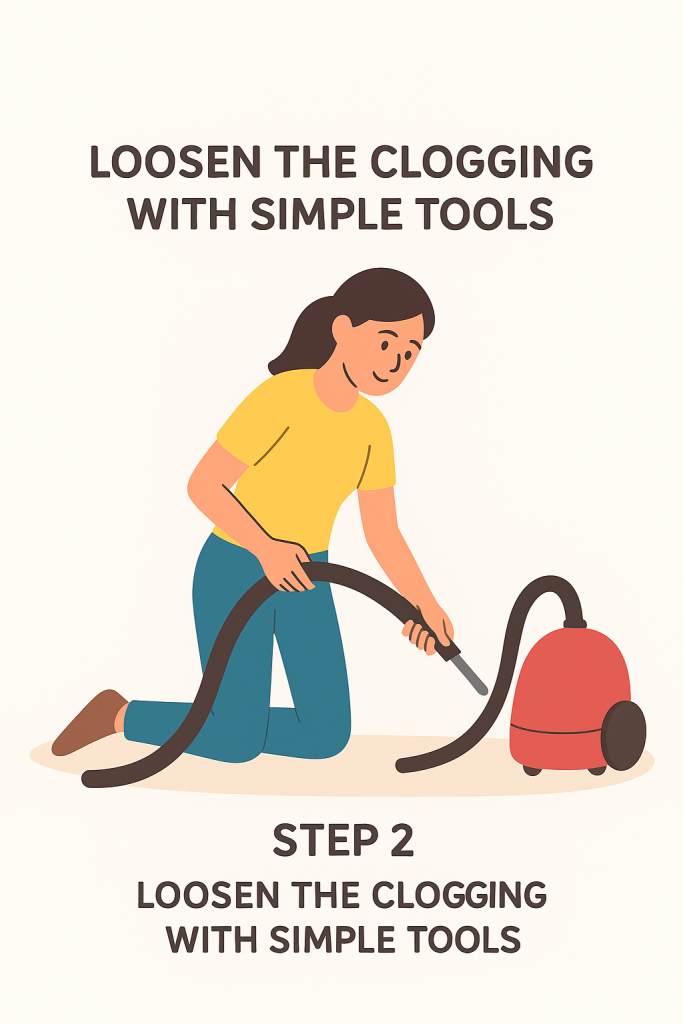
We’ll assume your hose is in good shape. And with that assumption, let’s tackle that clog head-on. Start with what you have around the house. A broom handle, mop rod, or shower curtain rod. Even a long wooden spoon handle can do the trick.
The goal is to nudge the blockage forward or backward — gently. No jabbing, no rough pushing. 🛑Work from one end at a time, moving slowly. Sometimes, all it takes is a little steady pressure to break things loose.
Still stuck? This is where a plumbing snake or drain cable can shine. It’s a super handy tool to unclog vacuum hose blockages that won’t budge with basic prodding. Just thread it in carefully and twist as you go. Let the coil grab onto the debris so you can pull it out or push it through.
🚫 Quick warning: Don’t use coat hangers or metal wires. They might seem like a quick fix, but they can tear the inside of your hose — and that’s a whole other problem.
If the clog feels deep or stuck in the curve, try the tug method. Push from one side, then gently pull from the other. Go back and forth a bit. Once it starts to move, give it a final assist by blowing air through the hose.
You can: Blow through it manually (yep, good old lungs) or use a reverse-blow shop vac if you have one handy. Either way, this helps clear out leftover dust and smaller particles hanging around.
Once you’ve done this, your hose should feel much lighter. Now, let’s get it squeaky clean.
💦 Step 3: Flush and Dissolve the Stubborn Bits
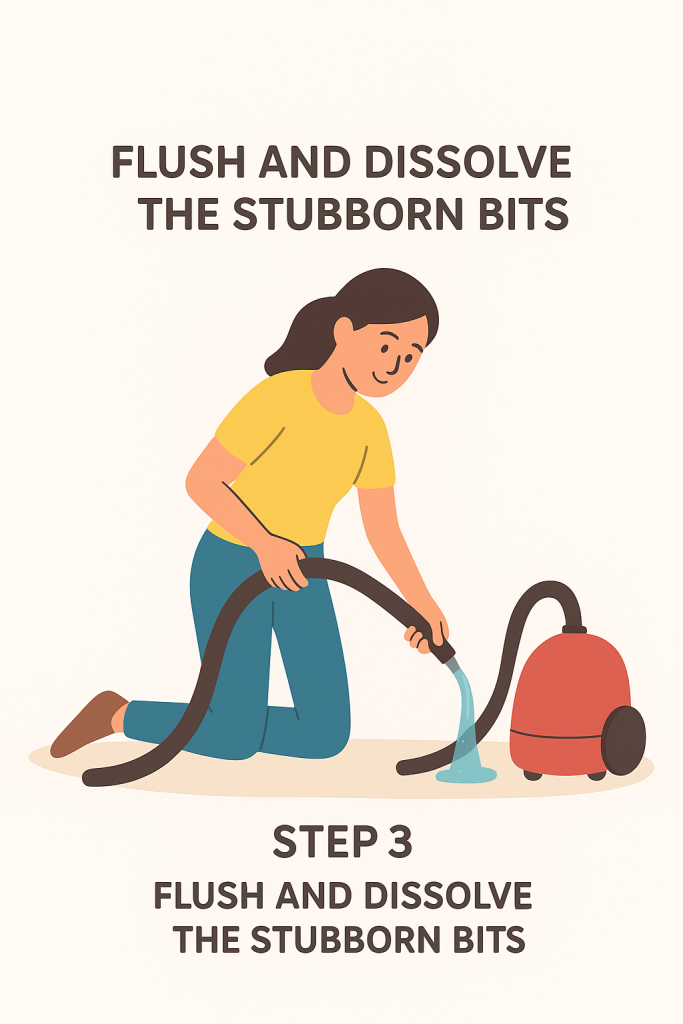
This step is where many people figure out how to unclog a vacuum hose buildup that physical tools just couldn’t reach.
Start by mixing up a simple cleaning solution: Warm water + mild detergent or dish soap. If you want to level it up, add a splash of baking soda and white vinegar. It’ll fizz a little — that’s normal — and helps break down stubborn grime. But don’t overdo it. A little goes a long way. 🧪
Now pour the solution through the hose slowly and let it sit for 2 to 5 minutes so it can do its job. Then grab a garden hose or run your faucet and flush clean water through the hose from one end to the other. Keep going until the water runs clear. You can give it a few shakes to get the excess water out. No more floaty bits = a clean hose.
Let’s dry it out completely before reconnecting it.
✅ Step 4: Test, Monitor & Prevent the Next Clog
Now comes the moment of truth — testing it out. Reattach the hose, plug in the vacuum, and power it up. Hold a sheet of paper to the end of the hose. If it sticks, your suction’s back in business. 💨
Does it still feel weak? Then the hose might not have been the only issue. Check upstream: the filter could be the real troublemaker. It may be time for a new one; we’ve got you covered. 👉 We put together a quick Vacuum filter replacement guide to help you.
Now that you’ve learned how to unclog a vacuum hose the right way, let’s make sure you don’t have to do it again anytime soon. Follow these simple habits:
✔Skip large or wet debris — that’s hose-clogging territory
✔Avoid vacuuming sticky or stringy messes (think spilled cereal + milk, or long hair)
☑Do a quick hose check every 2–3 months
✔Store your hose loosely — no tight bends or sharp twists that can trap debris over time
A little maintenance now saves you a lot of frustration later. And just like that… you’re back in the clean zone. ✨
🧠 Troubleshooting and Frequently Asked Questions
🎉 Hose Fixed? You Just Beat the Clog!
Look at you — turning a frustrating vacuum moment into a full-on victory. If you followed along step-by-step, your hose is clear, fresh, and ready to roll. 🌀
But hey, we know some folks prefer watching over reading. So we found this awesome YouTube video that walks through a similar process.
👉 Important note: This video isn’t ours; full credit goes to the creator. We just did the homework for you and thought it might help if you’re more of a visual learner.
And now, we’d love to hear from you!
💬 Were you able to unclog your hose using these steps?
Got another clever method you swear by?
Drop your tips, wins, or even weird hose-clog stories in the comments below. We’re all here to help each other keep our floors clean, fresh, and healthy.
Until next time — happy vacuuming! 🧼✨
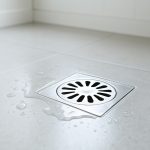

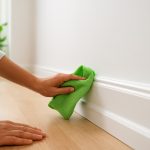
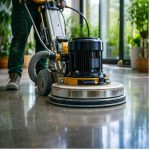

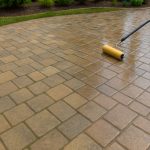

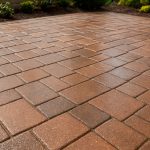

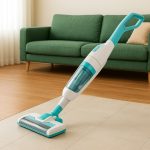
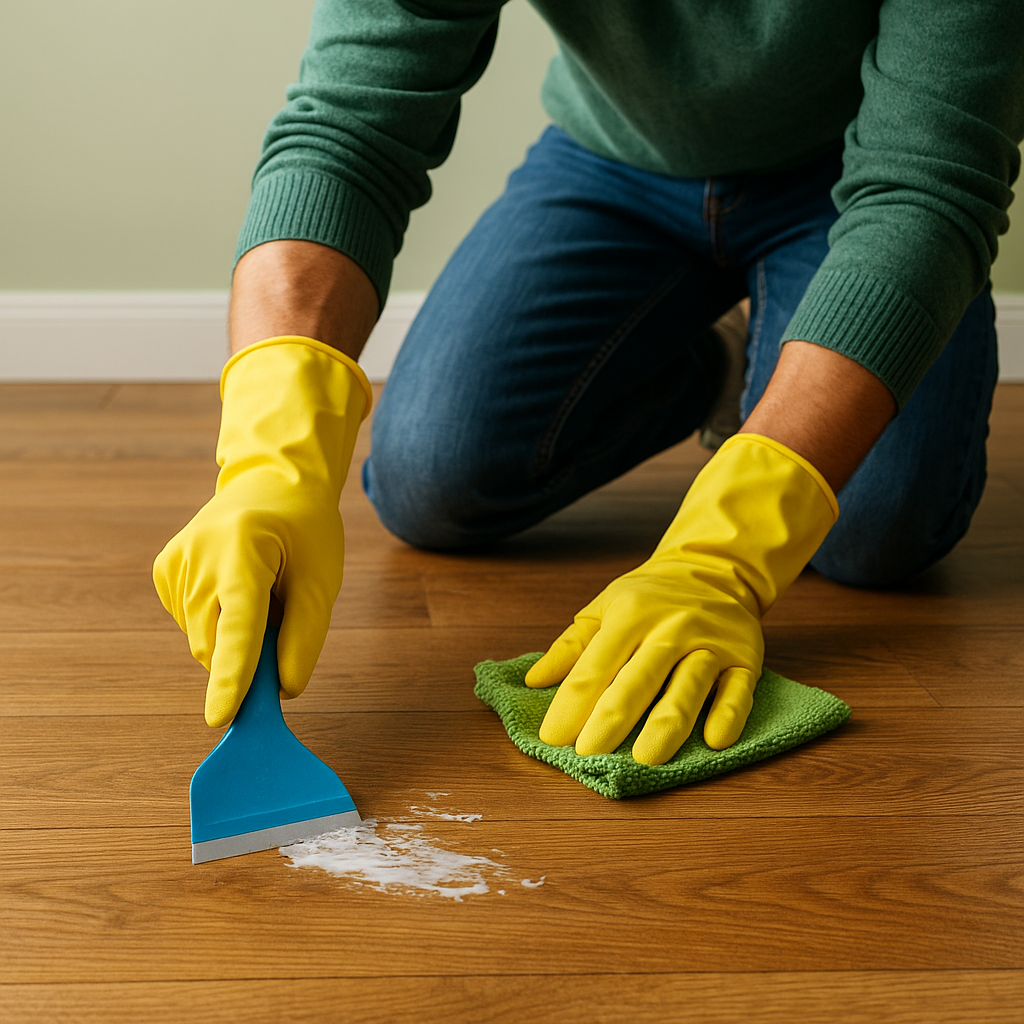
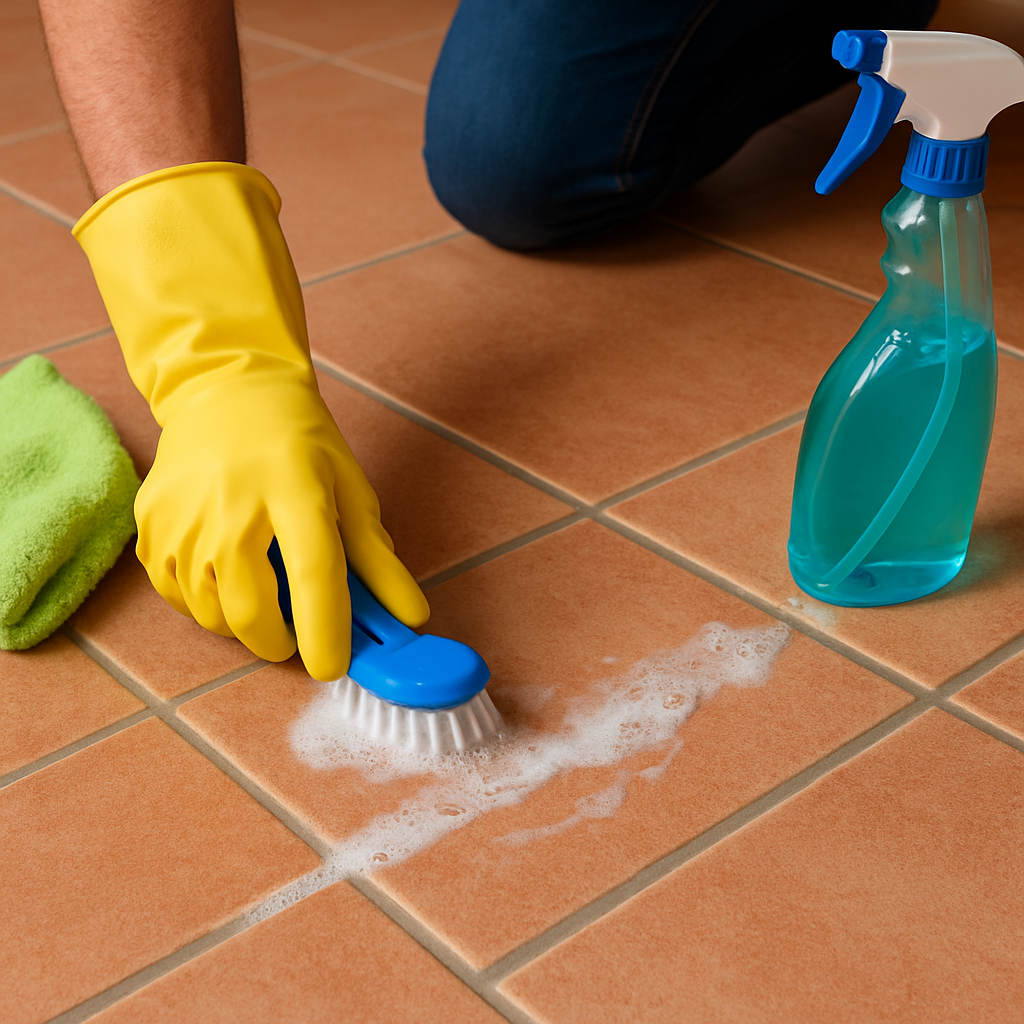
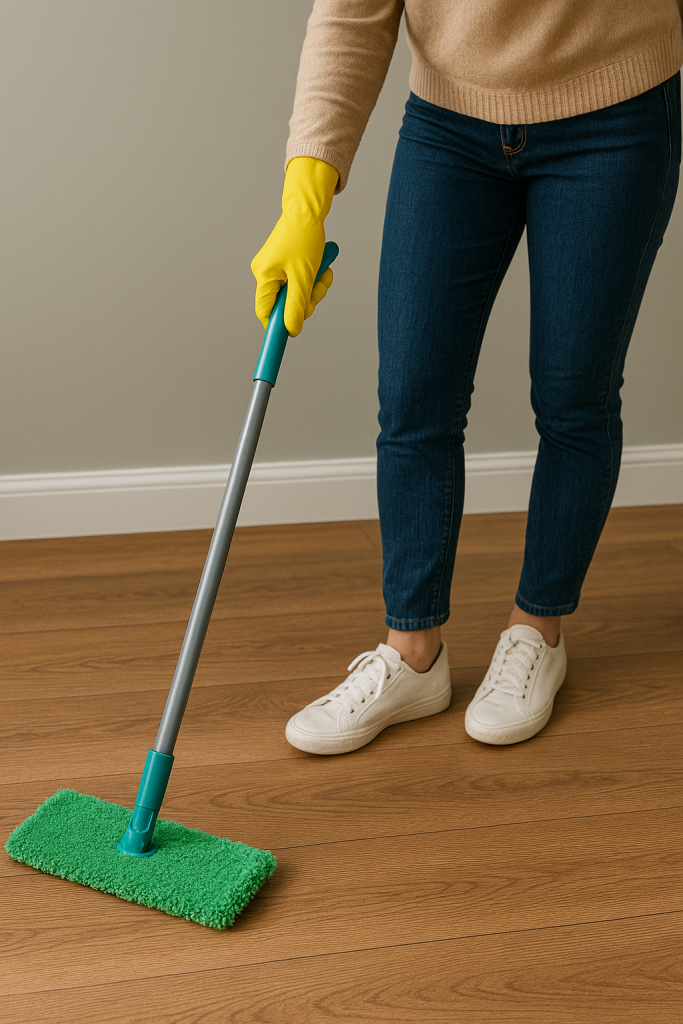
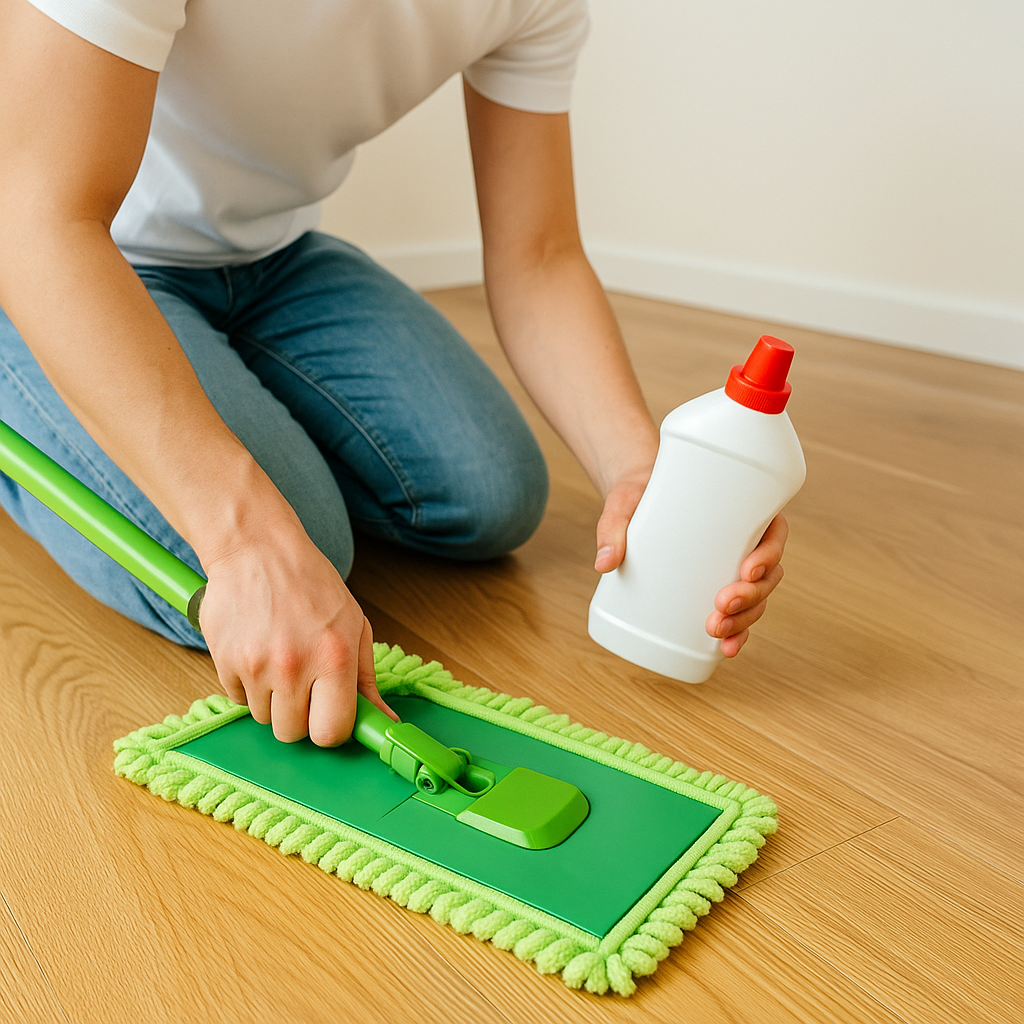
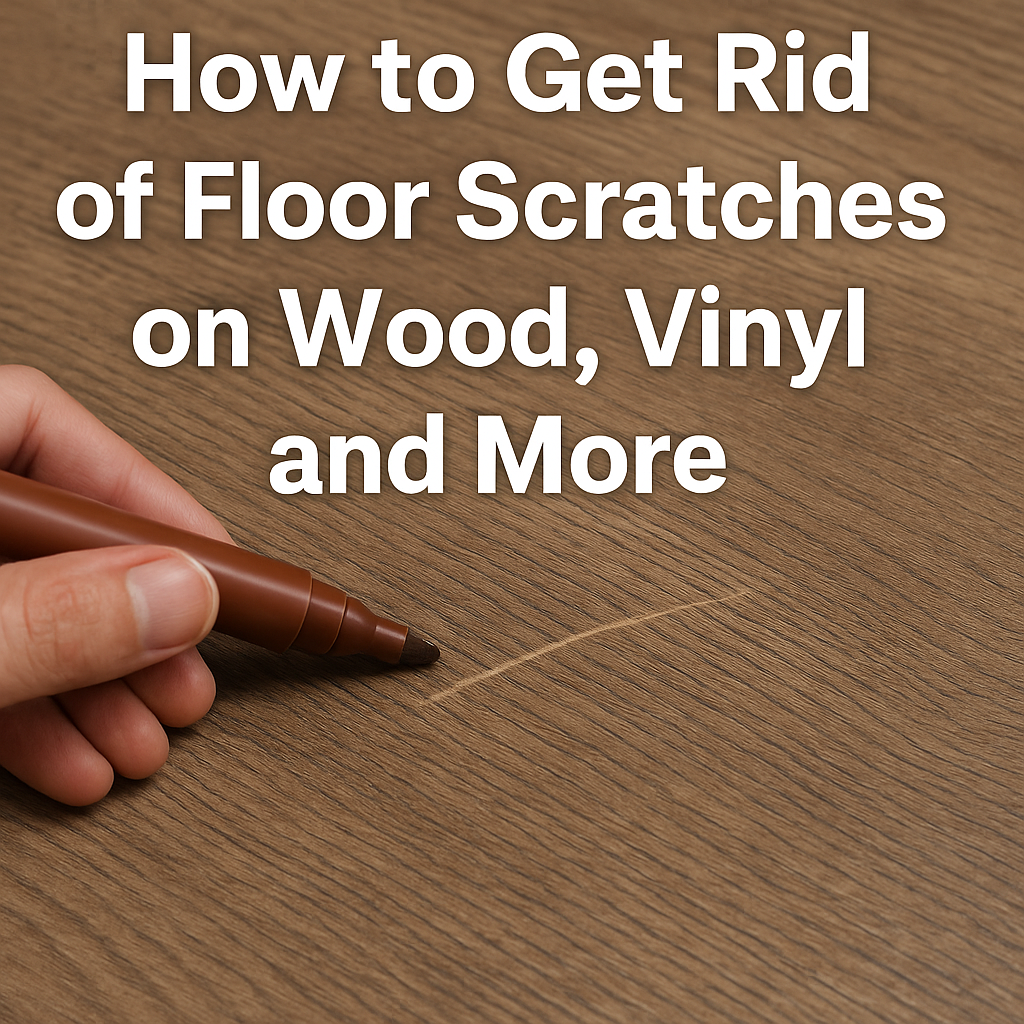
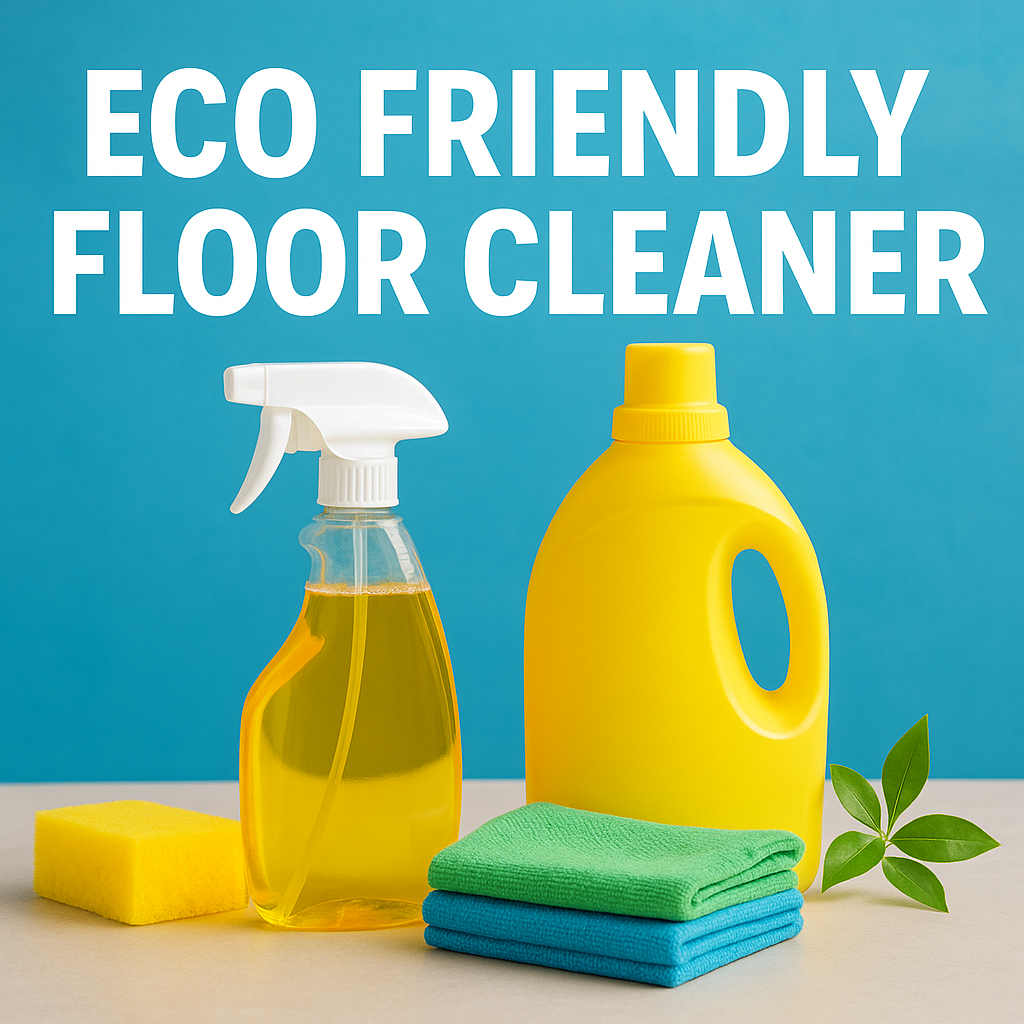
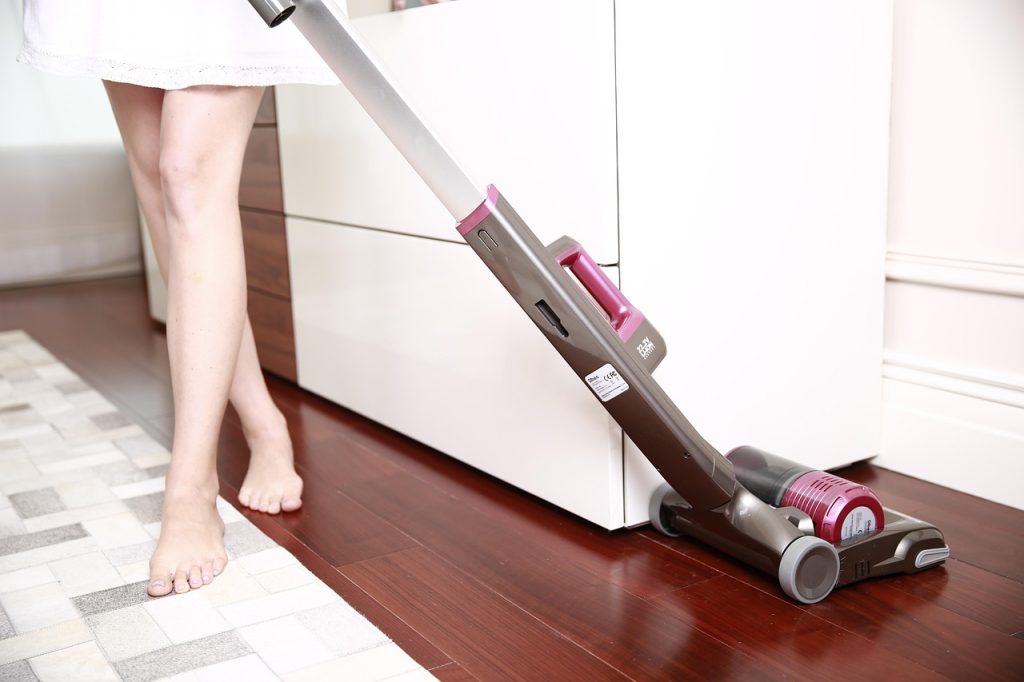
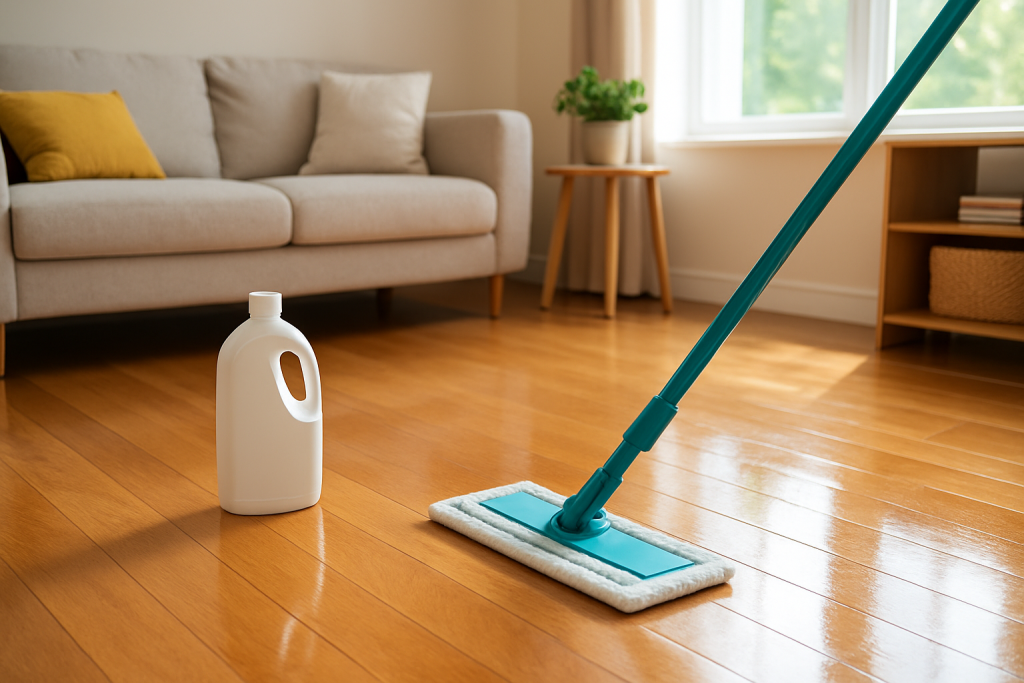
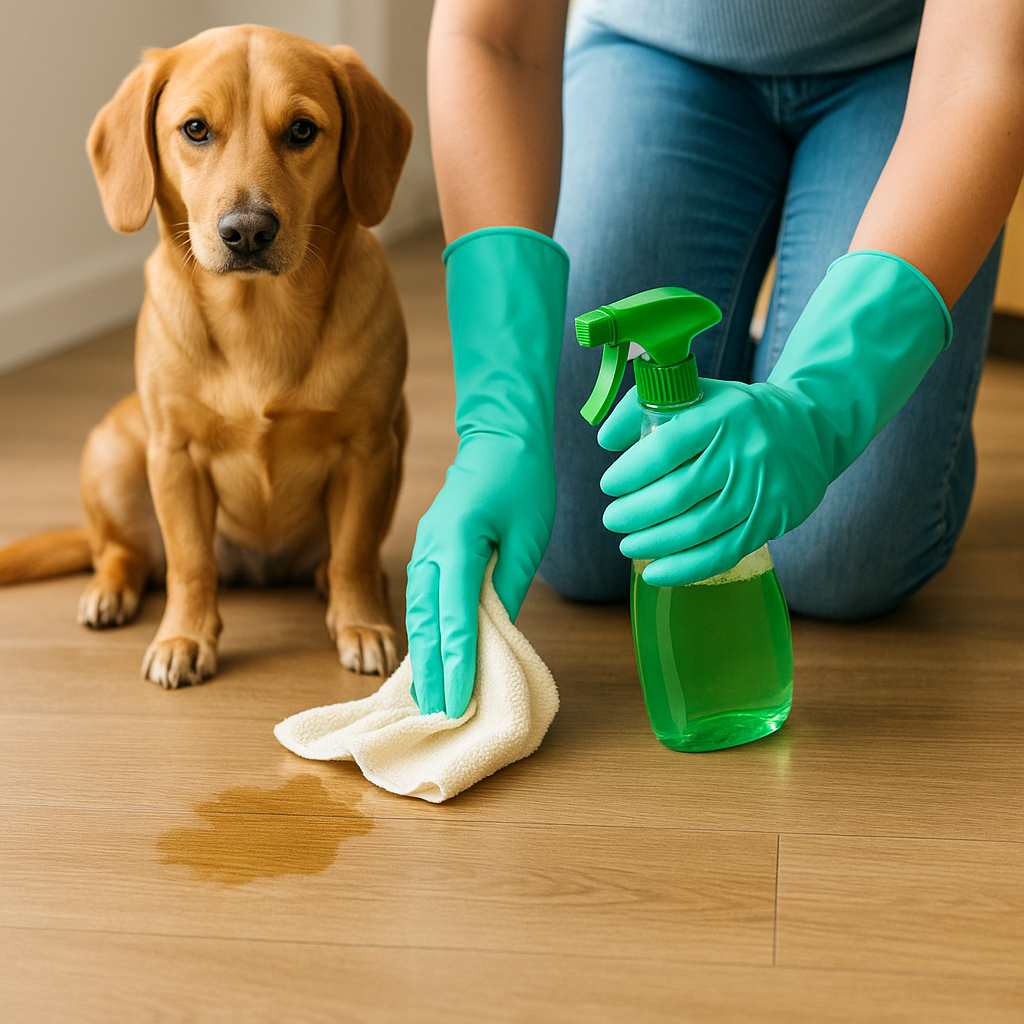
Leave a Reply